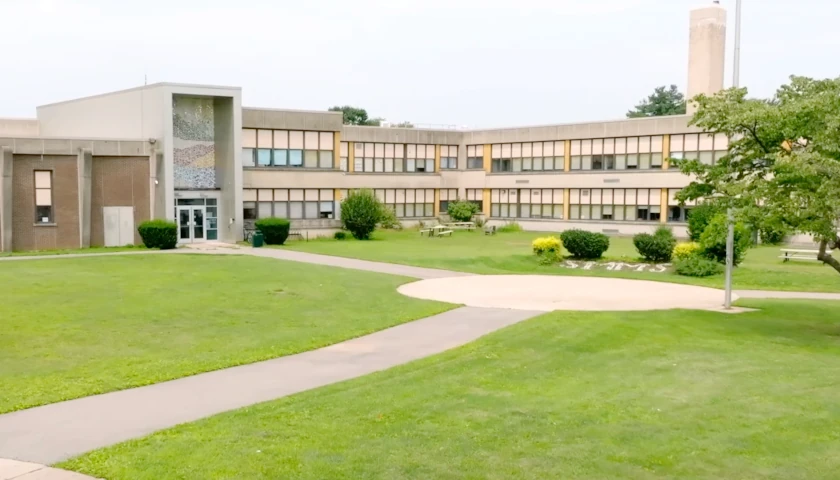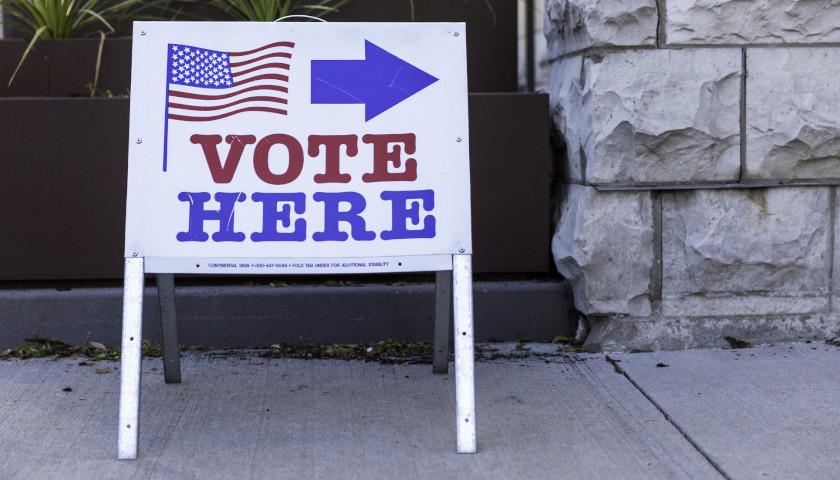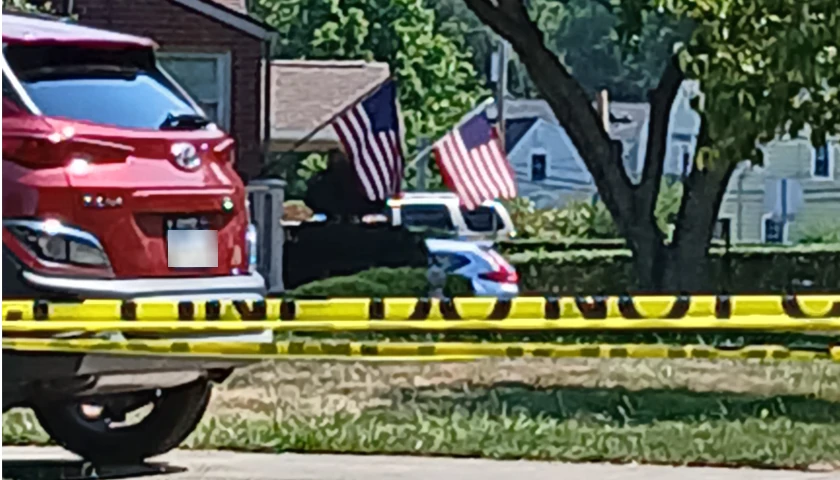by Anthony Hennen
Housing shortages and rising rents are a national problem, and the process for building more housing, especially affordable housing, is only one of many barriers.
In Pennsylvania, rents have increased mainly in the southeast and central parts of the state. As The Center Square previously reported, a report from pro-housing group Up for Growth estimated Pennsylvania has underproduced 98,000 units of housing. Statewide, rents increased by 14% from 2020 to 2021.
Those increases can turn a bill into a burden for renters, but they also make it harder to build affordable housing meant for low-income families.
“The creation of additional affordable housing is challenged by multiple dynamics,” said Christopher Dirr, senior vice president of development at The NRP Group, an affordable housing developer that expects to build 6,000 apartments across the country in 2022. “In a robust market like Greater Philadelphia, affordable housing development competes with market rate development for decreasing land upon which to build.”
Just as when a limited housing market means that wealthier renters will get apartments and poorer renters will leave the city, market-rate projects can push out affordable-housing projects.
“As land prices rise, it becomes an increasing challenge to identify and afford land for affordable development,” Dirr said. “This can often be compounded by a lack of understanding about the importance of affordable housing in every community, and related apprehension/opposition to affordable housing.”
Philadelphia isn’t more restrictive than the average city, but states where Pennsylvania residents move tend to permit much more housing. Census data shows that Philadelphia approved slightly more housing permits than the national average, but was far behind cities like Austin, Nashville, Charlotte, Denver, Phoenix, Dallas, and Houston. Phoenix’s population, meanwhile, surpassed Philadelphia’s to become the fifth-largest city in America.
The census data also masks a problem for Philadelphia: 2021’s construction permits in the city boomed to take advantage of a tax abatement program that was set to expire. In 2020, there were 1,000 fewer permits issued in the city; the housing growth may prove to be only temporary.
Problems with city bureaucracy can cause delays or make it impossible to build more housing. Dirr noted existing problems and higher costs “are exacerbated by protracted zoning, expensive land-use approval processes, and financing resources that are rarely able to keep pace with the increasing demand.”
Municipal laws or local opposition to more housing aren’t the only problems. Inflation and supply-chain issues drive up costs as well. Like in the rest of America, Pennsylvania doesn’t have one quick fix to make housing more abundant and affordable.
“Attainable housing is a complex issue for which there are no easy answers,” Dirr said. “There are no silver bullets. Successful strategies to provide solutions for affordable housing require active, evolving, and sustained engagement of stakeholders that represent the entire community.”
– – –
Anthony Hennen is a reporter for The Center Square. Previously, he worked for Philadelphia Weekly and the James G. Martin Center for Academic Renewal. He is managing editor of Expatalachians, a journalism project focused on the Appalachian region.





